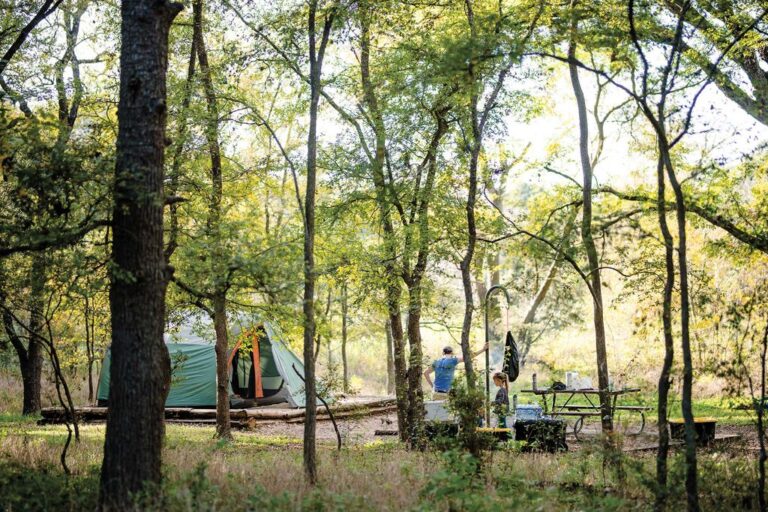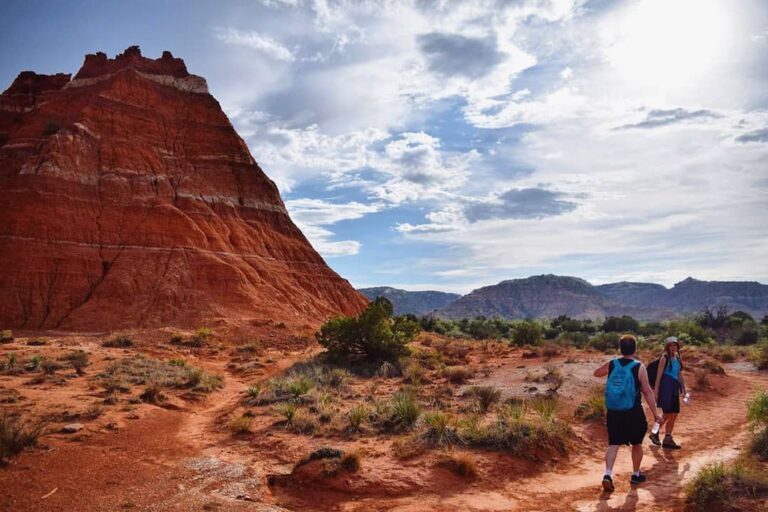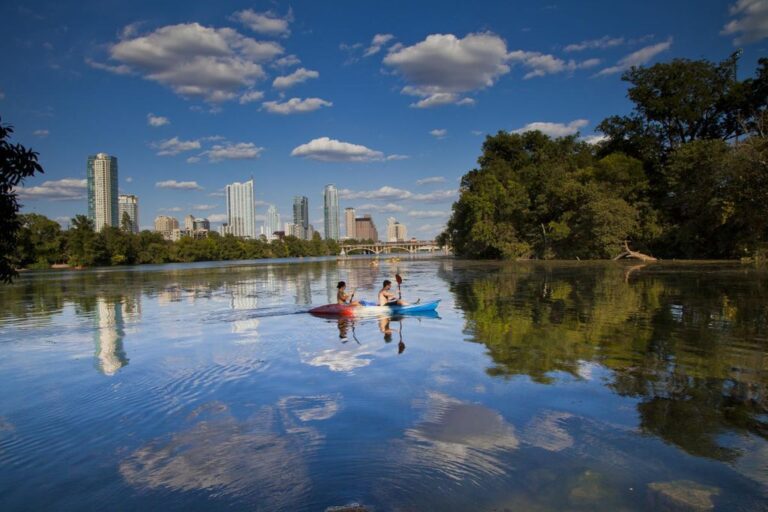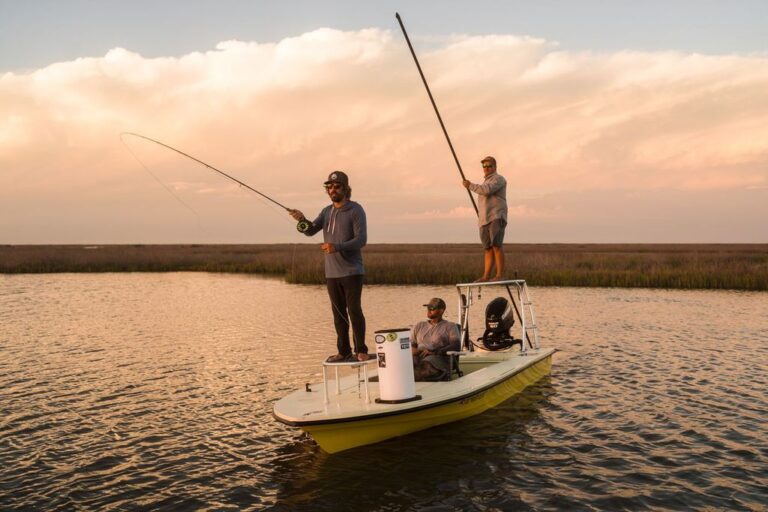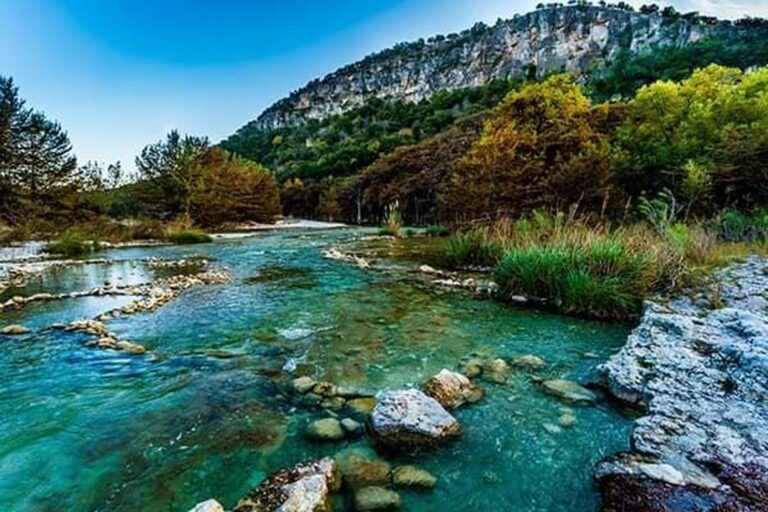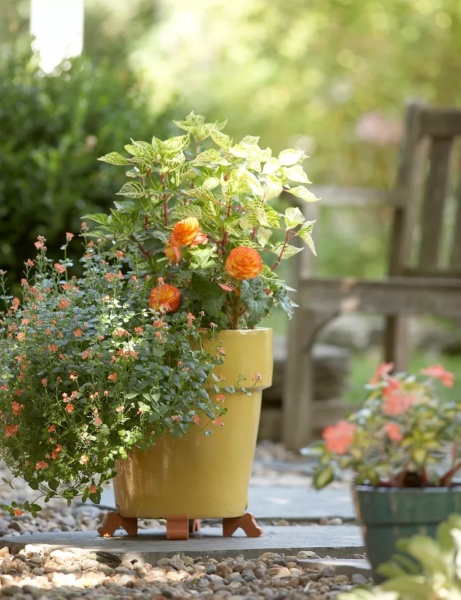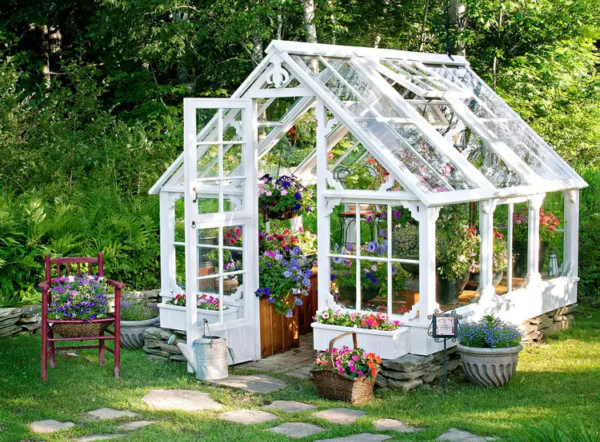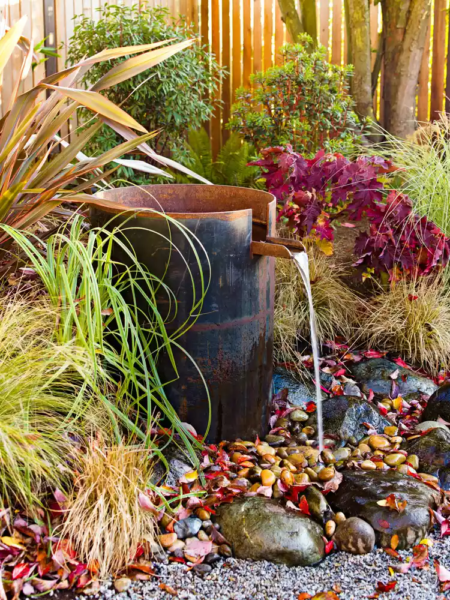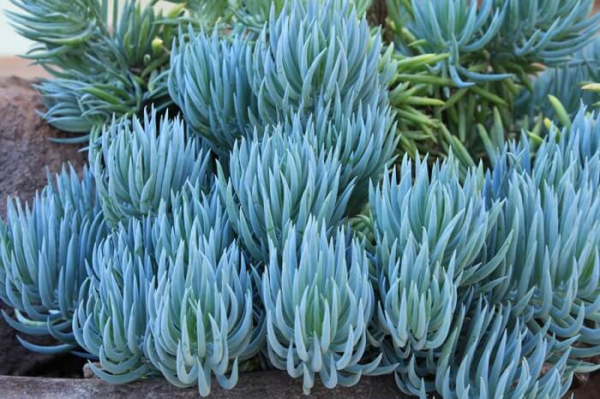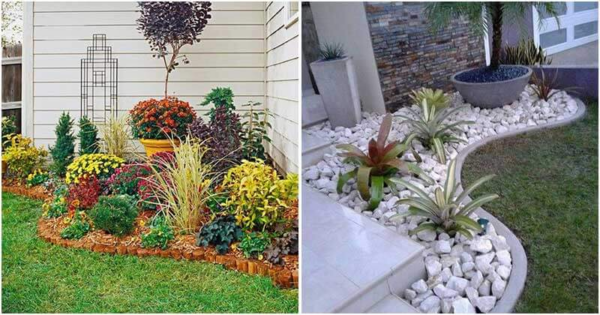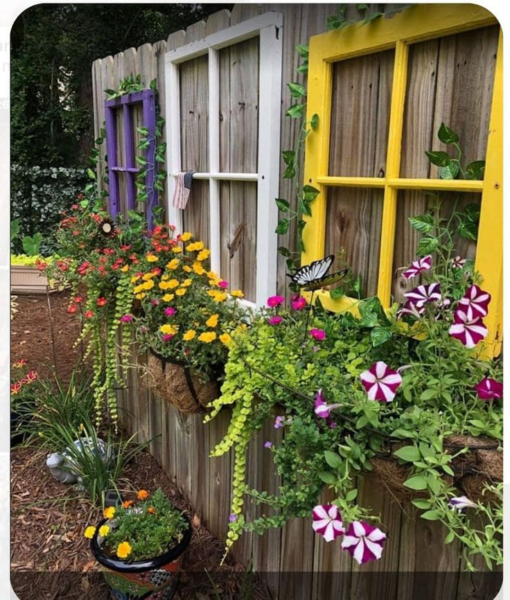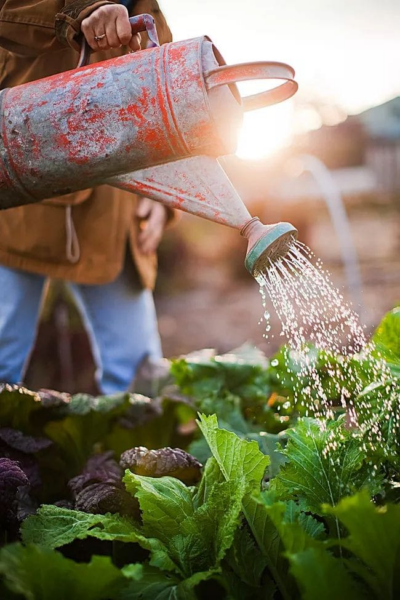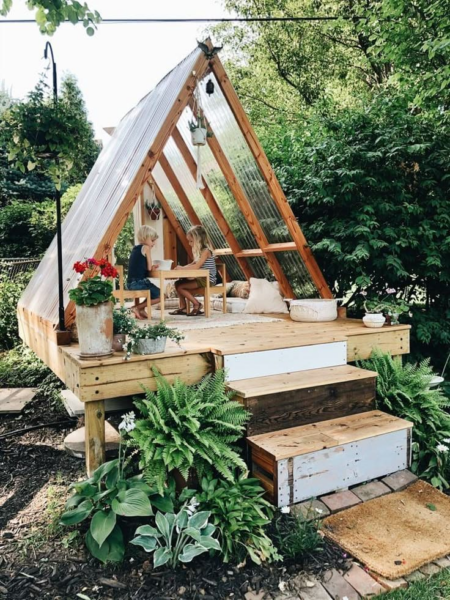Top Outdoor Activities in Big Bend: Hiking, Camping, and River Rafting
Big Bend National Park, tucked away in the rugged expanse of West Texas, is a sprawling natural treasure that attracts adventurers from around the world. Covering over 800,000 acres, the park offers an unparalleled combination of striking desert landscapes, lush mountain vistas, and the iconic Rio Grande River, which carves through dramatic canyons. With activities ranging from hiking on scenic trails to camping under a starlit sky and rafting down serene waters, Big Bend is the ultimate playground for outdoor enthusiasts.
In this comprehensive guide, we’ll delve deeply into the top outdoor activities at Big Bend National Park, providing you with the tips, highlights, and details you need to make your visit unforgettable.
Why Big Bend is a Must-Visit Outdoor Destination
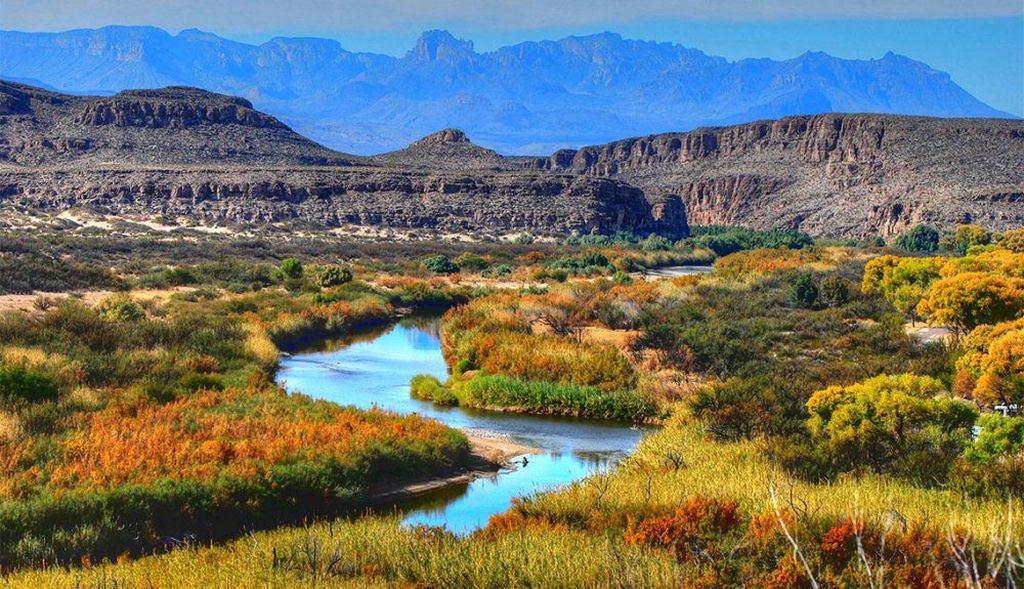
Big Bend National Park isn’t just a destination—it’s an experience. Here’s why it’s perfect for outdoor adventurers:
- Diverse Landscapes: Big Bend’s vast terrain includes the arid Chihuahuan Desert, lush riverbanks of the Rio Grande, and the cool, forested peaks of the Chisos Mountains.
- Rich Wildlife: The park is a haven for nature lovers, with over 1,200 plant species, 450 bird species, and an array of mammals like black bears, mountain lions, and javelinas.
- Geological Wonders: Big Bend’s landscape tells a story over 500 million years old, featuring ancient fossils, volcanic formations, and towering limestone cliffs.
- Seclusion: Thanks to its remote location, the park provides a sense of solitude and tranquility rarely found in other national parks.
- Adventure for All: Whether you’re seeking a challenging multi-day trek or a peaceful afternoon by the river, Big Bend caters to every level of outdoor enthusiast.
Hiking in Big Bend National Park
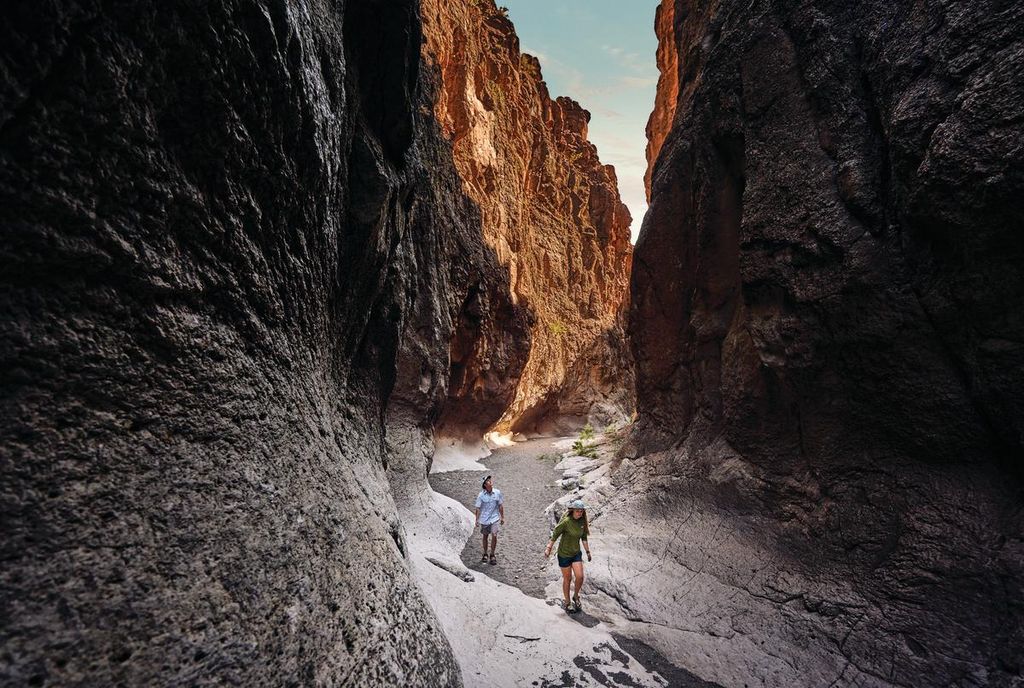
Why Hike in Big Bend?
With over 150 miles of trails, Big Bend offers some of the most diverse hiking experiences in the United States. Whether you’re a seasoned trekker or a casual walker, the park’s trails promise stunning views of canyons, mountains, and desert plains.
Iconic Hiking Trails
1. Lost Mine Trail
- Difficulty: Moderate
- Distance: 4.8 miles round trip
- Highlights: A favorite among visitors, this trail leads to breathtaking views of Juniper Canyon and the Chisos Mountains. It’s especially rewarding at sunrise or sunset.
2. South Rim Trail
- Difficulty: Strenuous
- Distance: 12-14 miles round trip
- Highlights: Often considered the crown jewel of Big Bend hiking, this trail offers sweeping vistas of the desert below. The views from the South Rim are unparalleled.
3. Santa Elena Canyon Trail
- Difficulty: Easy
- Distance: 1.7 miles round trip
- Highlights: This short trail takes you into the heart of Santa Elena Canyon, where the towering limestone walls of the Rio Grande surround you.
4. Emory Peak Trail
- Difficulty: Strenuous
- Distance: 10.5 miles round trip
- Highlights: As the highest point in the park, Emory Peak offers 360-degree views that are worth the challenging climb.
5. The Window Trail
- Difficulty: Moderate
- Distance: 5.6 miles round trip
- Highlights: This trail leads to a striking “window” cut through the mountains, framing a spectacular view of the desert below.
Tips for Hiking
- Stay Prepared: Bring plenty of water, sunscreen, and snacks. The desert heat can be intense, even in cooler months.
- Start Early: Begin your hikes in the morning to avoid the midday heat.
- Carry Navigation Tools: Bring a map or GPS device, as cell service is limited.
- Wear Proper Gear: Sturdy hiking boots and layered clothing are essential for comfort and safety.
Camping in Big Bend National Park
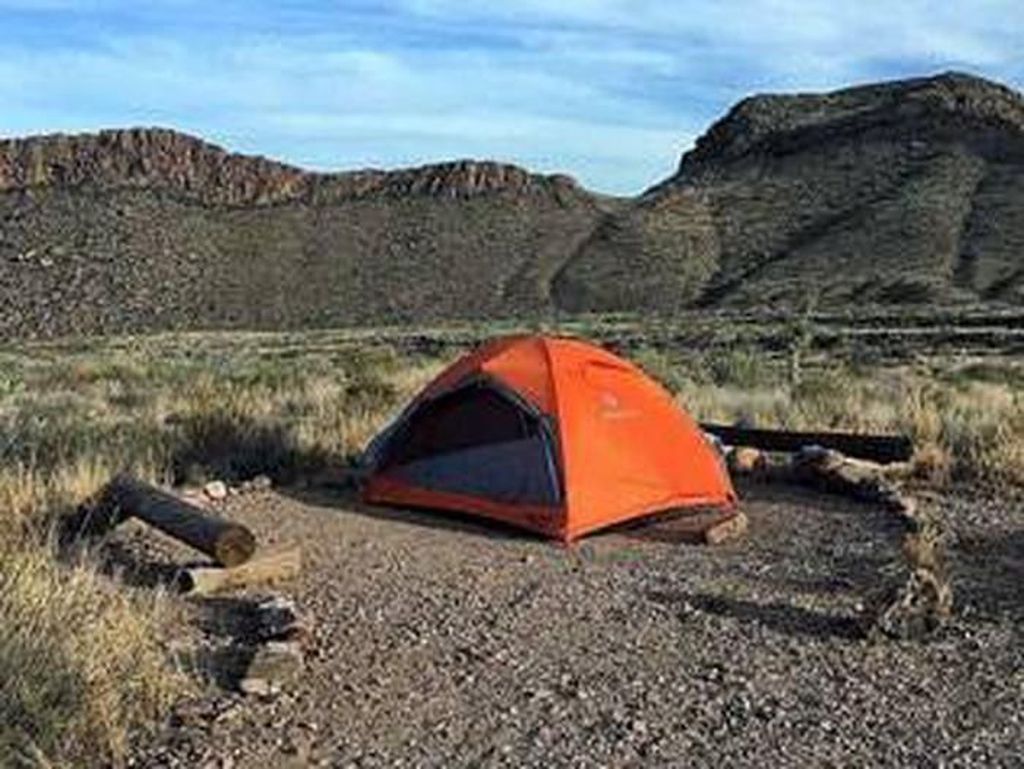
Camping Overview
Camping in Big Bend offers a chance to fully immerse yourself in the park’s natural beauty. From developed campgrounds with amenities to remote backcountry sites, the park caters to every type of camper.
Top Campgrounds
1. Chisos Basin Campground
- Location: Centrally located in the Chisos Mountains.
- Features: Offers cool temperatures, stunning mountain views, and proximity to popular hiking trails like the Lost Mine and South Rim Trails.
2. Rio Grande Village Campground
- Location: On the eastern side of the park near the Rio Grande River.
- Features: This family-friendly site is perfect for RVs and tent camping, with facilities including restrooms, showers, and a camp store.
3. Cottonwood Campground
- Location: Near Santa Elena Canyon.
- Features: A peaceful, generator-free site with plenty of shade. It’s ideal for those seeking solitude and quiet.
4. Backcountry Camping
- Location: Remote sites scattered across the park.
- Features: For adventurers seeking solitude, backcountry camping allows you to sleep under an endless sky filled with stars. A permit is required.
What to Pack
- Tent and sleeping gear
- Food and cooking supplies
- Water (or a filtration system)
- Maps and a compass or GPS
- First-aid kit and flashlight
Camping Tips
- Reserve Early: Popular campgrounds can fill up quickly, especially during peak seasons from October to April.
- Practice Leave No Trace: Help preserve the environment by cleaning up after yourself and minimizing waste.
- Be Wildlife-Aware: Store food securely to avoid attracting animals.
River Rafting on the Rio Grande

Why Go Rafting?
The Rio Grande is more than just a scenic boundary between the U.S. and Mexico—it’s a hub for thrilling water adventures. Whether you’re navigating mild rapids or floating through serene waters, rafting on the Rio Grande provides a unique perspective of Big Bend’s dramatic landscapes.
Popular Rafting Routes
1. Santa Elena Canyon
- Difficulty: Beginner-friendly
- Highlights: Paddle through towering 1,500-foot limestone cliffs and enjoy calm waters perfect for beginners.
2. Mariscal Canyon
- Difficulty: Intermediate
- Highlights: A secluded route with moderate rapids and stunning canyon views.
3. Boquillas Canyon
- Difficulty: Easy
- Highlights: This tranquil stretch of the river is perfect for families or those seeking a peaceful day on the water.
How to Plan Your Trip
- Guided Tours: Local outfitters provide all the equipment and guidance needed for a safe and enjoyable trip.
- Permits: Overnight river trips require a permit from the park office.
- Pack Essentials: Bring sunscreen, a hat, snacks, and a dry bag for valuables.
Safety Tips
- Always wear a life jacket.
- Check water levels and weather forecasts before heading out.
- Avoid rafting during extreme heat or inclement weather.
Best Time to Visit Big Bend for Outdoor Activities
The ideal time to visit Big Bend is October through April, when temperatures are cooler and more comfortable for hiking, camping, and river activities. Here’s a seasonal breakdown:
- Fall (October-November): Pleasant temperatures and fewer crowds make this a great time for all activities.
- Winter (December-February): Crisp air and clear skies provide perfect conditions for hiking and stargazing.
- Spring (March-April): The desert comes alive with blooming wildflowers.
- Summer (May-September): While the desert heat can be intense, the Chisos Mountains remain cooler and more comfortable.
Plan Your Big Bend Adventure Today
Big Bend National Park offers a treasure trove of outdoor activities that cater to every adventurer. From hiking along iconic trails and camping beneath a glittering night sky to paddling through breathtaking river canyons, this park promises an experience like no other.
Start planning your trip today, and let Big Bend’s stunning beauty leave you with memories that last a lifetime.
FAQs About Outdoor Activities in Big Bend
Q1: Can beginners enjoy hiking in Big Bend?
Yes! Trails like the Window View Trail and Rio Grande Village Nature Trail are easy and family-friendly.
Q2: Are there campgrounds with amenities?
Yes, Rio Grande Village and Chisos Basin Campgrounds offer restrooms, picnic tables, and other facilities.
Q3: Do I need prior experience to raft the Rio Grande?
Not at all! Many guided tours cater to beginners and provide all necessary equipment.
Q4: Is Big Bend safe for solo travelers?
Absolutely. The park is safe, but always inform someone of your plans and carry sufficient supplies.


